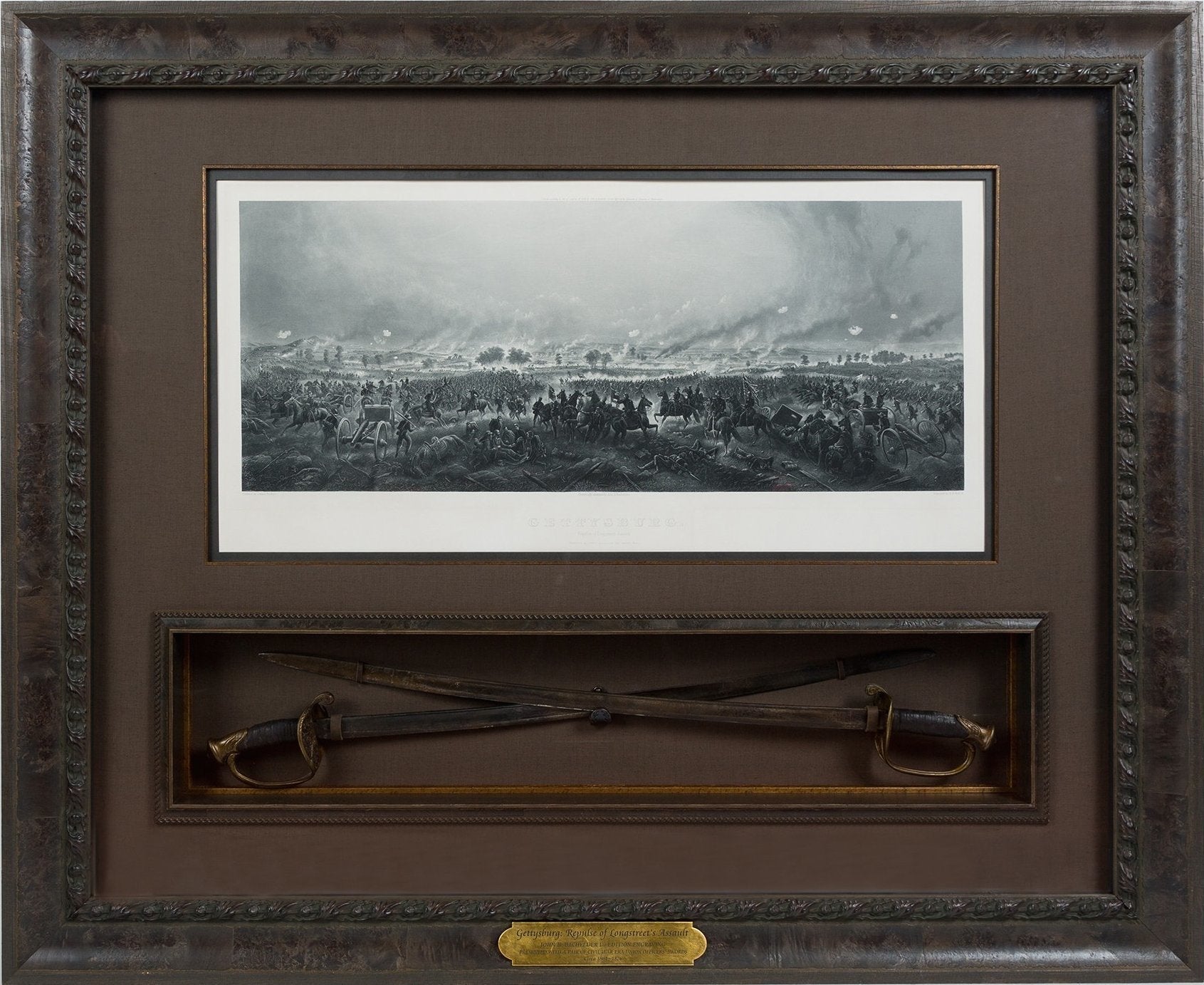Garth Williams: Beloved Children’s Book Illustrator
Garth Williams was a beloved children’s book illustrator with a talent for bringing characters to life through playful pen strokes and fantastical animal depictions. He was born in 1912 in New York City, but was raised in England. Williams went to the Westminster School of Art in London, England, where he focused on painting. With his skills in painting, he earned a scholarship to the Royal College of Art in London where he then took an interest in sculpture. He also spent time studying art in Italy, France, and Germany (Silvey).
In 1943, Williams returned to the United States and began looking for illustrator and cartoonist jobs. He was originally rejected by The New Yorker for his style being “too wild and European,” but still published small drawings in the magazine at times (Gussow). However, the editor of children’s books at Harper and Row noticed his unique style and suggested Williams to author E. B. White. In 1945,  through this coincidental connection, Stuart Little became the first of many children’s books Garth Williams would illustrate. White and Williams later collaborated on Charlotte’s Web as well in 1952. Some other children’s books he’s illustrated include Bedtime for Frances by Russel Hoban and the Little House series by Laura Ingalls Wilder.
through this coincidental connection, Stuart Little became the first of many children’s books Garth Williams would illustrate. White and Williams later collaborated on Charlotte’s Web as well in 1952. Some other children’s books he’s illustrated include Bedtime for Frances by Russel Hoban and the Little House series by Laura Ingalls Wilder.

With Williams’ father being a cartoonist and his mother being a landscape painter, he grew up with art all around him. He himself said, “Everybody in my house was either painting or drawing, so I thought there was nothing else to do in life but make pictures”. By combining classical styles of following lines and crosshatching, he creates humorous and loving depictions of his characters along with caring, understated facial expressions. He has mastered the art of texture, particularly in his animal depictions and his use of deep colors that add warmth to his line-work. Williams’ career as a children’s book illustrator has allowed him to work with some of the most loved and respected children’s book authors. He is most recognized for his uncanny ability to show realistic animals with subtle human qualities. Through his process, he redesigned animals by starting with the real animal then working it over and over until he could evoke human qualities, expressions, and poses (Silvey).
Even though Stuart Little was his first look into the world of children’s books, his hallmark illustrative style was already apparent. Through Williams’ work, Stuart became more than just a character in a book. Just like E.B. White’s writing, the depictions of Stuart were both serious and playful, both mouse-like and  anthropomorphized, expressing the dignity and absurdity of both the human condition and the animal condition alike (Larson).
anthropomorphized, expressing the dignity and absurdity of both the human condition and the animal condition alike (Larson).
Charlotte’s Web was a great bestseller, selling an estimated 45 million copies worldwide. It’s been said to be one of the biggest-selling children’s books ever published. The depictions of the little girl, Fern, are based on Garth William’s daughter, making this story a more personal connection for Williams as well.
The book was also met with a few challenges between E. B. White and Williams. The biggest challenge was finding a balance between illustrating Charlotte, the spider, in an anthropomorphic way while also keeping some animalistic features without being too scary. Being a children’s book, an arachnid heroine was a bold choice that made it hard to imagine how the character would be depicted. But through the collaboration of E. B. White and Williams, they were able to come up with a solution that worked out in the end.
Garth Williams died in his home in Guanajuato, Mexico at the age  of 84 in 1996, leaving behind a legacy of more than eight books illustrated and seven picture books written. He believed that books “given, or read, to children can have a profound influence.” For that reason, he said, he used his illustrations to try to “awaken something of importance… humor, responsibility, respect for others, interest in the world at large.” and there’s no doubt that his artwork did just that. He created a collective culture of nostalgic love for books that live in the hearts of children and adults everywhere.
of 84 in 1996, leaving behind a legacy of more than eight books illustrated and seven picture books written. He believed that books “given, or read, to children can have a profound influence.” For that reason, he said, he used his illustrations to try to “awaken something of importance… humor, responsibility, respect for others, interest in the world at large.” and there’s no doubt that his artwork did just that. He created a collective culture of nostalgic love for books that live in the hearts of children and adults everywhere.
--
Silvey, Anita, Children’s Books and their Creators. Garth Williams Biography. Nocloo. Accessed 29 December, 2021. https://www.nocloo.com/garth-williams-biography/
Gussow, Mel, Garth Williams, Book Illustrator, Dies at 84. New York Times. Accessed 29 December 2021. https://www.nytimes.com/1996/05/10/arts/garth-williams-book-illustrator-dies-at-84.html
Larson, Sarah, Garth Williams, Illustrator of American Childhood. The New Yorker, 3 June 2016. Accessed 29 December 2021. https://www.newyorker.com/books/page-turner/garth-williams-illustrator-of-american-childhood






